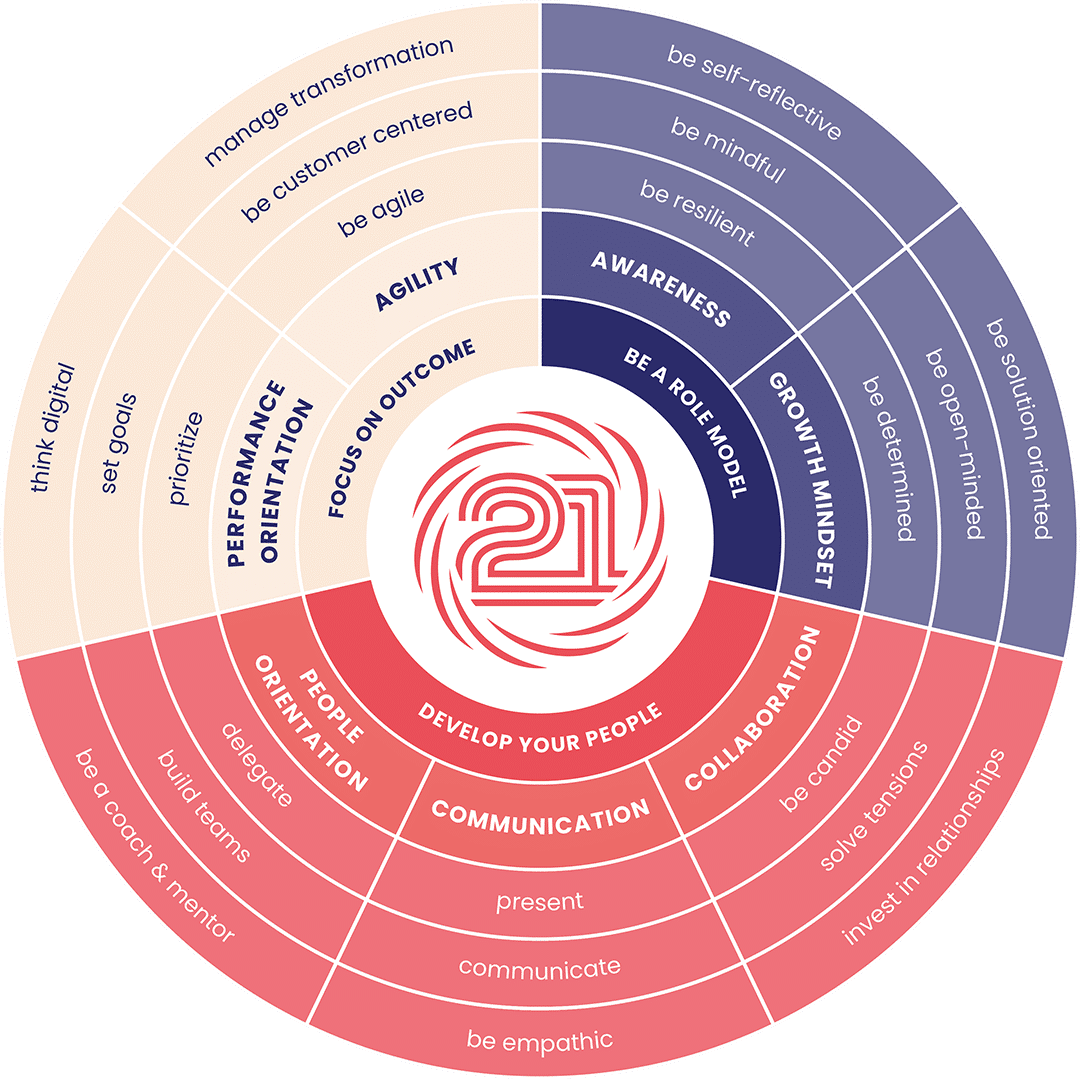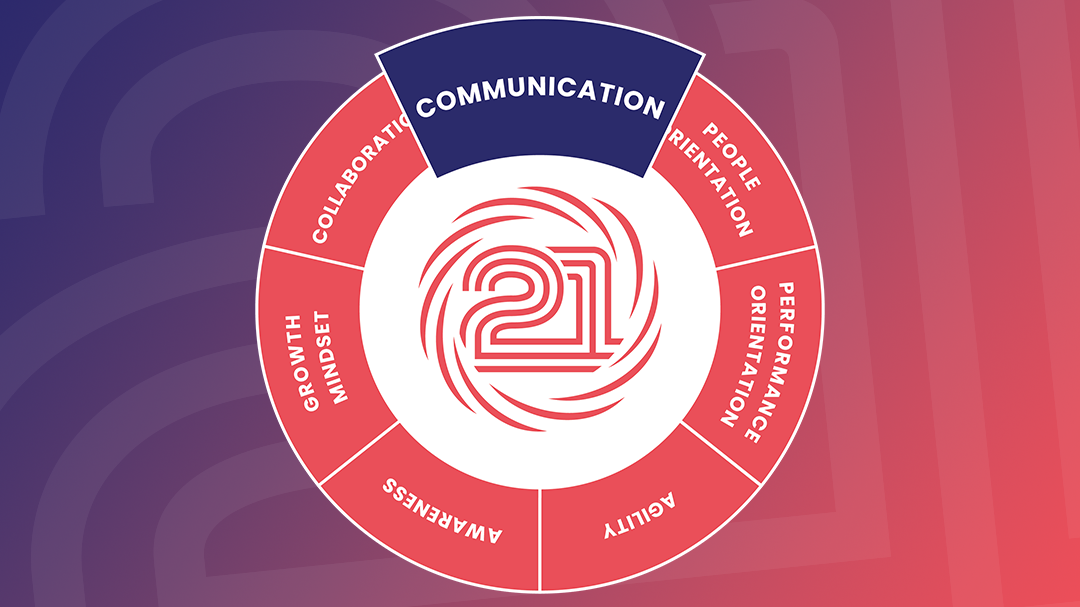Welcome to Communication!
Why should you improve your communication skills? You exchange information, answer emails, present project progress, listen in meetings,… There is hardly a moment when you are not communicating and therefore you should do it consciously!
What we mean by competencies and skills in our 21st Century Skill Model, you can read here.
Communication – A highly underestimated competence
Let’s start at the beginning: The term communication comes from Latin and means that there is an exchange of information between two or more people in the form of language or signs. For almost all of us, however, communication is way less complicated than this definition. We just do it. Communication seems to happen naturally along the way without us giving it a second thought. The twist here is that communication and interaction with others is the single most deciding factor when it comes to misunderstandings or conflicts arising.
You realize that you communicate every day in a variety of ways – from a smile to your posture to tonality or emoji choice. Although we communicate all the time, we give little thought to how we come across to others in the process, what we can trigger in our counterparts, and how we can improve our communication. The competence is underestimated because it seems so obvious to us and that’s exactly why we would like to introduce you to the 3 skills for communication.
3 skills that take your communication to a new level
Don’t turn your communication on its head, but be more aware: What words do I choose? Do I engage with the person I’m talking to? Am I present content in a way that others can understand? To help you succeed, we’ll tell you more about the skills you need:
“communicate”
“One cannot NOT communicate” (Paul Watzlawick, Austrian communication scientist) Even when someone just silently hangs out next to another person, communication happens through body language. In order to communicate more effectively in the future, you should pay attention to the words, tone of voice, rhythm of speech or emojis you choose, as well as whether your facial expressions and gestures emphasize your message. You are unsure about the effect? Just start by consciously smiling at the people around you – simple but effective communication!
“be empathic”
In addition to actually communicating, the interaction with people also plays an important role: the ability to engage with someone, to be completely with this person and to really listen. By the way, active listening means not only taking in the content of what is being said, but also perceiving the feelings and sensations of your counterpart. This requires empathy and also the trust that you are willing to give and that the other person gives.
“present”
Whether it’s pitching your idea in a meeting, presenting a concept to customers, moderating a workshop or even being a speaker at a major event – your everyday work is characterized by presentations. In order to get your message across to your audience, you not only have to choose and prepare the right content, but also convince them with your rhetoric and presentation skills. So, communication also means being able to captivate others and to present successfully.
Communication in the working world means to use it consciously, to understand it, to listen, to perceive your counterpart correctly and openly, to present successfully and also to act confidently in negotiation or conflict situations.


